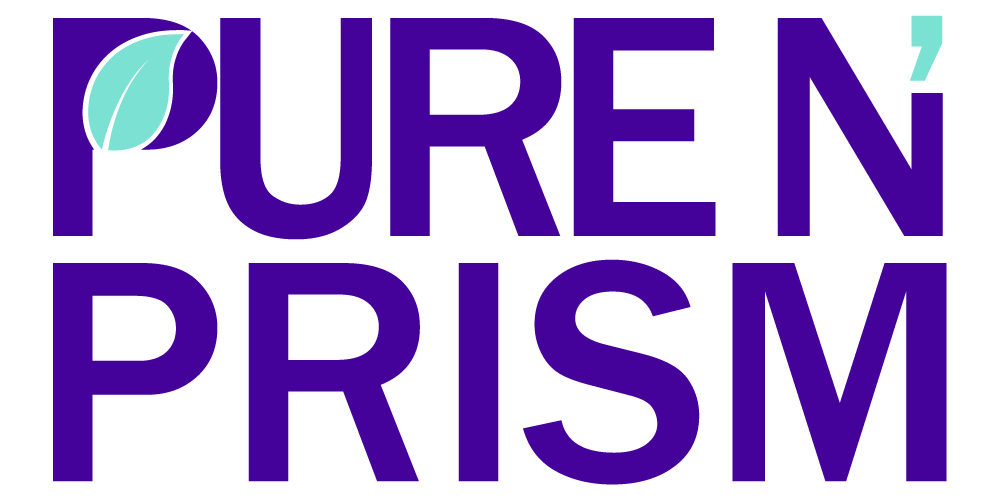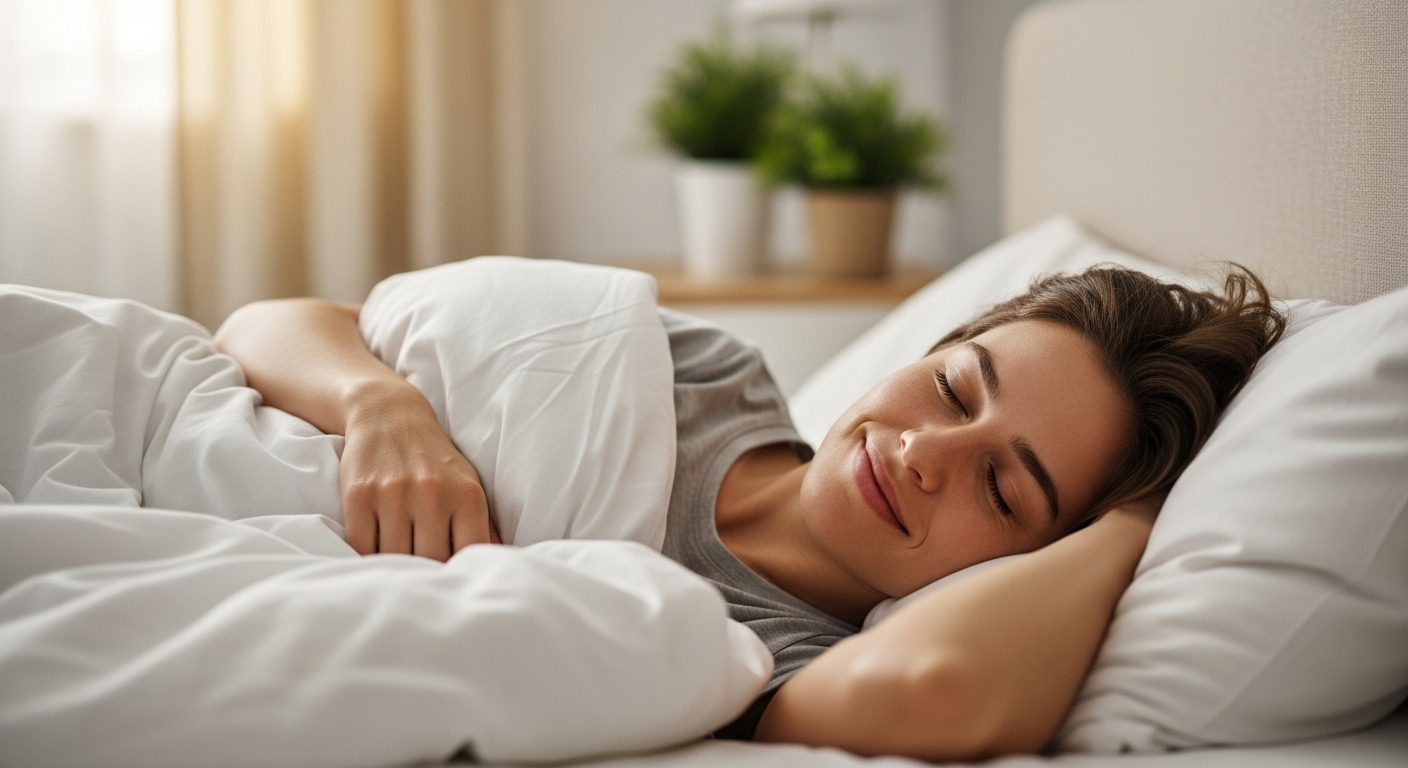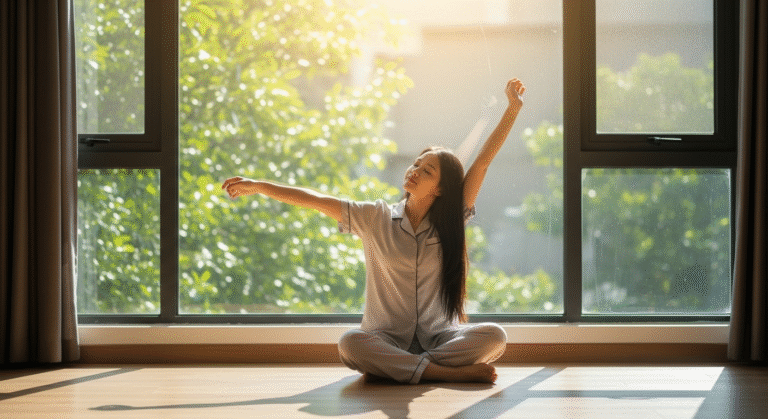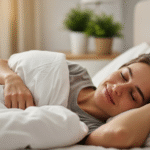Meta Description: Discover how sleepmaxxing is transforming mental wellness in 2025. Learn evidence-based sleep optimization techniques and tools for better rest and mental health.
Have you ever noticed how everything just clicks when you’ve had an amazing night’s sleep? I’m talking about those mornings when you wake up naturally, feeling like you could conquer the world. Your mind is sharp, your mood is stable, and stress seems to bounce right off you. Well, what if I told you that this isn’t just luck—it’s the power of sleepmaxxing, and it’s completely revolutionizing how we approach mental wellness in 2025.
Sleepmaxxing isn’t just another wellness buzzword (though social media certainly loves it). It’s a comprehensive approach to optimizing every aspect of your sleep for maximum mental health benefits. From biohacking your bedroom environment to timing your meals perfectly, this movement is helping millions of people transform their mental wellness through better rest. Let’s dive into why optimized sleep has become the ultimate game-changer for our minds.
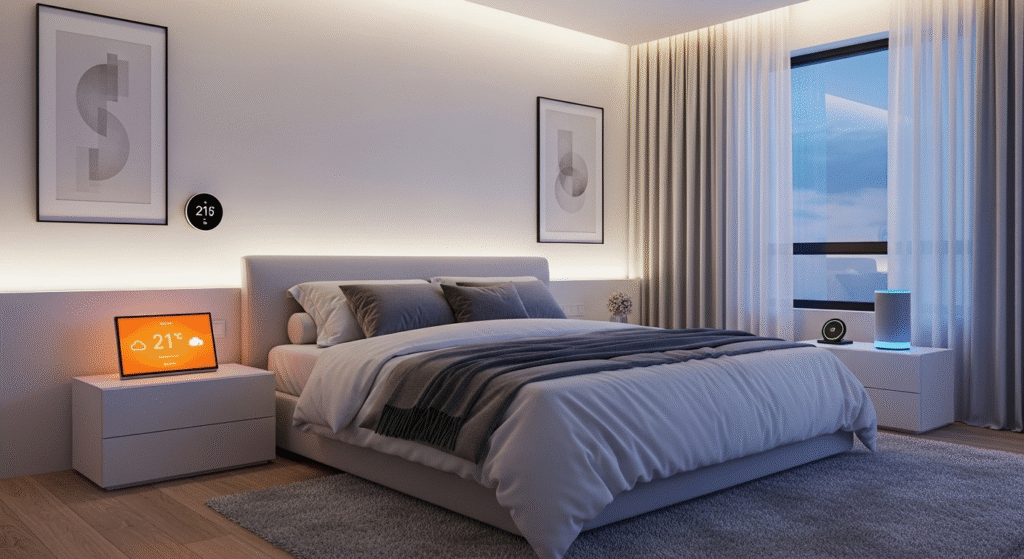
The Science Behind Sleep and Mental Wellness
Here’s something that blew my mind when I first learned it: during deep sleep, your brain literally takes out the trash. The glymphatic system—basically your brain’s cleaning crew—works overtime while you’re sleeping, flushing out toxins and metabolic waste that accumulate during the day. This includes clearing amyloid beta plaques, which are linked to cognitive decline and mood disorders.
Recent 2025 research has shown that people who practice consistent sleep optimization report 40% better emotional regulation and 35% reduced anxiety levels compared to those with poor sleep hygiene. The connection isn’t just correlational—it’s causal. When we sleepmax effectively, we’re literally giving our brains the tools they need to maintain optimal mental health.
The key lies in understanding that sleep isn’t just about duration; it’s about quality, timing, and consistency. Your circadian rhythm acts like a master conductor, orchestrating everything from hormone production to neurotransmitter balance. When this rhythm gets disrupted, it creates a domino effect that impacts mood, cognitive function, and stress resilience.
Core Principles of Sleepmaxxing
Temperature Optimization
Your body temperature naturally drops 1-2 degrees as bedtime approaches, signaling it’s time to sleep. Smart sleepmaxxers work with this biological process rather than against it. I’ve been using the OOLER Sleep System from Amazon, and honestly, it’s been a game-changer. This mattress pad lets you control your bed temperature precisely, and I’ve found that keeping it around 65-68°F creates the perfect sleep environment.
The science backs this up too—studies show that cooler sleep environments lead to deeper, more restorative sleep phases. Plus, when you wake up naturally as your body temperature rises in the morning, you feel more alert and refreshed.
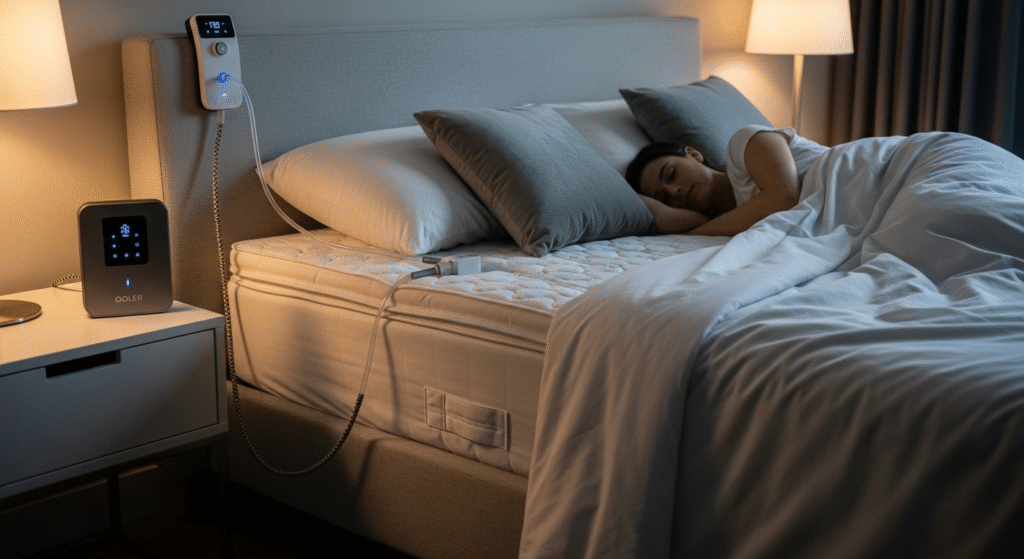
Light Exposure Management
Light is probably the most powerful tool in your sleepmaxxing arsenal. Your circadian rhythm is incredibly sensitive to light cues, and managing exposure can dramatically improve both sleep quality and mental wellness. The goal is bright light in the morning (preferably natural sunlight) and minimal blue light exposure in the evening.
I’ve started using the Philips SmartSleep Wake-up Light (available on Amazon), which gradually increases light intensity to simulate sunrise. It’s made such a difference in how I feel upon waking—no more grogginess or that jarring alarm clock shock. The gentle wake-up process feels so much more natural and sets a positive tone for the entire day.
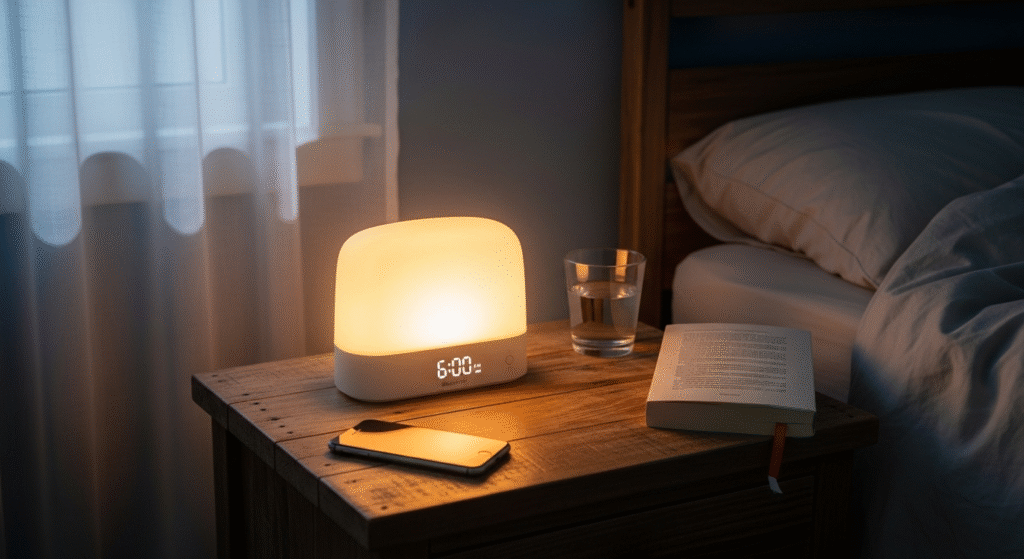
Strategic Nutrition Timing
What and when you eat plays a huge role in sleep optimization. The sleepmaxxing community has embraced time-restricted eating, typically stopping food intake 3-4 hours before bedtime. This gives your digestive system time to wind down and prevents late-night blood sugar spikes that can interfere with deep sleep.
Magnesium supplementation has also become incredibly popular among sleepmaxxers. I’ve been taking magnesium glycinate about an hour before bed, and it noticeably helps with muscle relaxation and that “wired but tired” feeling that used to keep me tossing and turning.
The Mental Wellness Connection
The relationship between optimized sleep and mental wellness goes far beyond just feeling less cranky when you’re well-rested. Quality sleep directly impacts your brain’s ability to process emotions, consolidate memories, and maintain neurochemical balance.
Emotional Regulation Enhancement
When you’re sleepmaxxing consistently, you’ll notice your emotional responses become more balanced. Instead of small stressors feeling overwhelming, you develop better resilience and perspective. This happens because adequate sleep supports healthy cortisol patterns and neurotransmitter production—particularly serotonin and GABA, which are crucial for mood stability.
Cognitive Performance Boost
The mental clarity that comes with optimized sleep is genuinely remarkable. Your working memory improves, decision-making becomes easier, and creative problem-solving feels more natural. Many sleepmaxxers report feeling like they’ve unlocked a higher version of themselves mentally.
Stress Resilience Building
Perhaps most importantly, quality sleep acts like armor against stress. When you’re well-rested, your nervous system is better equipped to handle challenges without triggering the fight-or-flight response unnecessarily. This means less chronic stress, better immune function, and improved overall mental wellness.
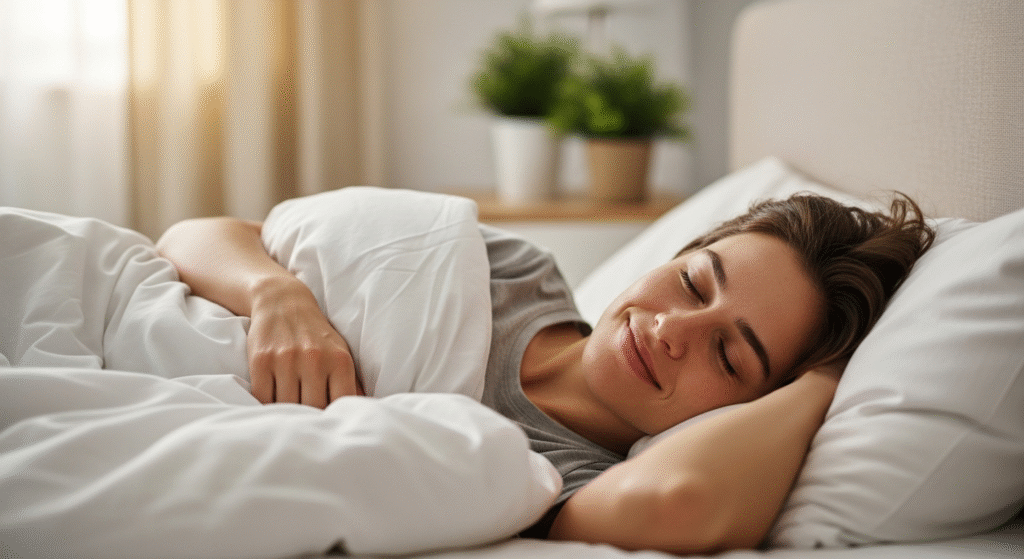
Modern Tools and Technology
The sleepmaxxing movement has embraced technology in smart ways. Sleep tracking isn’t just about fancy gadgets—it’s about gathering data to optimize your approach. The WHOOP 4.0 Band (which I found on Amazon) provides incredible insights into sleep stages, recovery metrics, and strain levels.
What I love about modern sleep technology is how it takes the guesswork out of optimization. You can see exactly how different variables—room temperature, caffeine timing, exercise schedule—impact your sleep quality and adjust accordingly. It’s like having a personal sleep scientist in your pocket.

Practical Implementation Strategies
Starting your sleepmaxxing journey doesn’t require a complete lifestyle overhaul. Begin with one or two core principles and build from there. I recommend starting with consistent sleep and wake times—this single change can dramatically improve your circadian rhythm within just a week or two.
Create a wind-down routine that signals to your body it’s time to sleep. This might include dimming lights, doing gentle stretches, or practicing brief meditation. The key is consistency—your brain loves predictable patterns.
Consider your bedroom as a sleep sanctuary. Remove electronic devices, invest in blackout curtains, and maintain a cool, comfortable temperature. These environmental factors can make the difference between restless sleep and truly restorative rest.
The Future of Sleep Optimization
As we move further into 2025, sleepmaxxing continues evolving with new research and technology. Personalized sleep medicine is becoming more accessible, with genetic testing helping people understand their unique chronotype and sleep needs.
The mental wellness benefits of optimized sleep are becoming impossible to ignore. As more people experience the profound impact of quality rest on their emotional well-being, cognitive performance, and stress resilience, sleepmaxxing is shifting from trend to essential wellness practice.
Ready to transform your mental wellness through better sleep? Start with one small change tonight—maybe it’s setting a consistent bedtime or trying that wake-up light I mentioned. Your future, well-rested self will thank you, and your mental health will reap the benefits for years to come. Sweet dreams, and happy sleepmaxxing!

